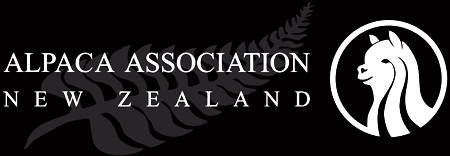Who are Neogen?
Neogen operates Australia's largest local genomics lab in Bundamba, Queensland. With a long-standing commitment to the Australian and New Zealand Agricultural sector, Neogen strive to provide comprehensive DNA solutions to the commercial sector & continued collaboration with research partners to develop new industry specific testing.
The Alpaca Coat Colour Test has been developed in collaboration with Dr. Kylie Munyard from Curtin University of Western Australia, who has conducted extensive research in the area of alpaca coat colour genetics.
Coat Colour Test
Coat colour in Alpacas is a complex trait, involving two main genes responsible for base coat colour (AslP
and MCIR), and an as yet unknown number involved with pattern. Alpaca fleece has 22 natural shades
that ranges from black to white, grey, fawn to champagne. Breeding for a specific coat colour can be a
complex process.
The 'classic grey' phenotype can be problematic in breeding due to its association with the blue eye
white phenotype & associated possible health defects. Classic grey can be hidden or cryptic on white or
light backgrounds.
With the release of the Alpaca Coat test, breeders have the opportunity to test their white or light fawn
animals, those with uncertain patterns or mutations or animals they wish to determine the base coat
colour to deduce common progeny colours. The test also identifies animals with 'cryptic grey' coat
patterns that are generally to pale to see.
Fast Facts
Determine base coat colour of animals in your herd
Identify mutations or uncertain patterns
Make more informed breeding decisions
Increase the percentage of desirable coat colours such as 'classic grey'
Collection Methods
There are 2 main methods of collection:
Blood Cards:
A small amount of blood collected onto a blood card. If using blood cards, it is suggested that collecting
blood from the inside of the lower lip yields a more successful sample, than from the ear.
Tissue Sample Units (TSU):
TSU's would require the collection of a small ear notch from the center of the animal's ear, that self-
seals into a collection tube. TSU's tend to be a more efficient and effective method of collection.
Further Information
For further information on Alpaca Coat testing, collection and submission, contact the Neogen customer
service team in Bundamba, QLD on +61 7 37362134 or email naa-lab@neogen

